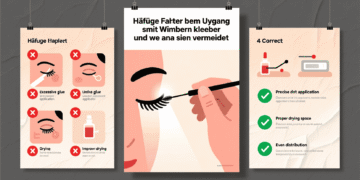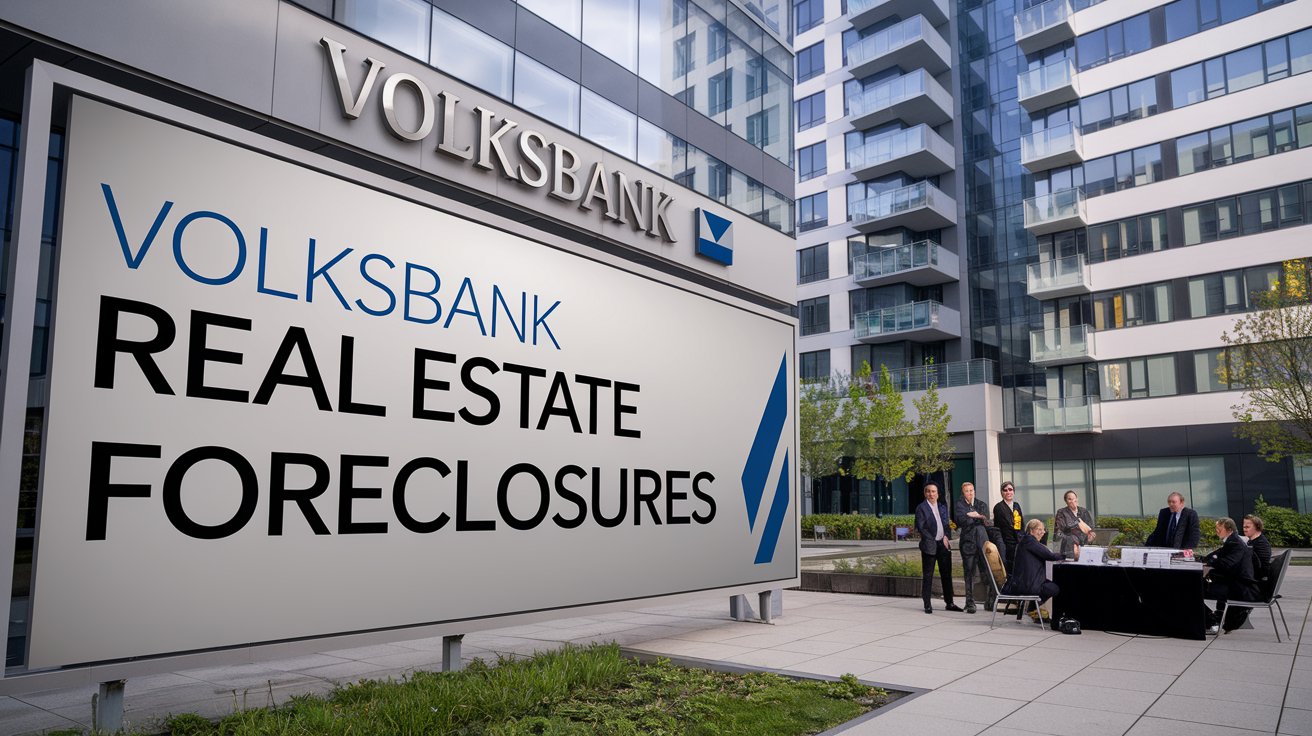Workplace safety isn’t just about best practices—it’s a legal responsibility. Employers in hazardous industries like construction, manufacturing, and welding must adhere to strict safety standards to protect their workers. When safety measures fall short, accidents happen, and companies can face workers’ compensation claims, lawsuits, and regulatory fines.
Ensuring a safe work environment isn’t just about compliance—it’s about preventing injuries, protecting businesses from liability, and maintaining a productive workforce. This article explores employer responsibilities, common workplace hazards, and key safety measures to minimize legal risks.
The Legal Obligation of Employers in High-Risk Work Environments
Employers are legally required to provide a safe working environment, but in high-risk industries, this responsibility is even more critical. Laws such as the Occupational Safety and Health Act (OSHA) in the U.S. establish strict guidelines that employers must follow.
Key employer responsibilities include:
✔ Identifying and mitigating workplace hazards through risk assessments.
✔ Providing personal protective equipment (PPE) like helmets, gloves, and eye protection.
✔ Implementing clear safety protocols for handling dangerous machinery and materials.
✔ Conducting regular safety training to educate employees on workplace risks.
✔ Ensuring proper signage and hazard markings, including safety floor tape to highlight dangerous areas.
Failing to comply with these legal obligations can lead to severe consequences, including hefty fines, lawsuits, and reputational damage. Employers must be proactive in addressing safety risks to prevent accidents and legal liabilities.
Common Workplace Hazards That Lead to Employer Liability
Understanding common workplace hazards is the first step in preventing accidents and potential lawsuits. Here are some of the biggest safety risks that employers must address:
1. Physical Hazards
- Heavy Machinery Risks – Workers operating large equipment without proper training or safety measures.
- Fall Accidents – Slippery floors, unmarked steps, and inadequate fall protection systems.
- Fire Hazards – Sparks, flammable materials, and poorly maintained fire safety systems.
2. Chemical Exposure
- Toxic Fumes – Industries like welding and manufacturing often expose workers to harmful gases.
- Spill Hazards – Poorly stored chemicals can cause burns, respiratory issues, and contamination.
- Lack of Ventilation – Inadequate airflow increases the risk of inhaling hazardous substances.
3. Electrical Hazards
- Faulty Wiring – Outdated electrical systems can lead to fires and electrocution.
- Exposed Cables – Loose or damaged wiring increases the risk of shocks and short circuits.
- Improper Equipment Handling – Lack of training in electrical tools can cause severe injuries.
4. Slip-and-Fall Risks
- Poorly Maintained Flooring – Uneven surfaces and damaged flooring increase accident risks.
- Lack of Clear Markings – Areas without safety floor tape or hazard warnings can cause unnecessary falls.
- Cluttered Workspaces – Cables, debris, or misplaced equipment create tripping hazards.
By addressing these hazards before accidents occur, employers can significantly reduce their liability and create a safer work environment for employees.
How Employers Can Reduce Liability and Ensure Workplace Safety
Preventing workplace accidents isn’t just about compliance—it’s about protecting workers, avoiding costly lawsuits, and maintaining productivity. Employers must take proactive steps to minimize risks and ensure a safe working environment. Here’s how:
1. Prioritize Safety Training and Education
One of the biggest reasons workplace accidents happen is a lack of proper training. Employees need to know how to:
✔ Operate heavy machinery safely without cutting corners.
✔ Handle hazardous materials with the right protective gear.
✔ Recognize and report safety risks before they turn into accidents.
Employers should conduct regular safety training sessions, update protocols as needed, and provide employees with easy access to safety guidelines.
2. Invest in Proper Safety Equipment
Providing employees with the right personal protective equipment (PPE) is essential, especially in high-risk industries. This includes:
✔ Hard hats and eye protection for construction and welding.
✔ Gloves and protective clothing to prevent burns and chemical exposure.
✔ Respiratory masks to reduce inhalation of toxic fumes.
Safety equipment should be regularly inspected to ensure it meets workplace safety standards.
3. Implement Hazard Markings and Workplace Signage
Clear hazard markings are crucial for preventing slips, falls, and collisions in fast-paced work environments. This is where safety floor tape plays a significant role.
✔ High-visibility floor tape can be used to mark:
- Walkways and restricted areas.
- Zones with hazardous equipment.
- Slippery or uneven surfaces.
✔ Unlike paint, industrial-grade floor tape is easy to apply, durable, and resistant to wear. It provides a cost-effective and efficient way to improve workplace safety without disrupting operations.
By using safety markings strategically, employers enhance workplace visibility, helping workers avoid preventable injuries.
4. Conduct Routine Workplace Inspections
Safety protocols shouldn’t be a one-time effort. Employers should regularly assess their workspaces to:
✔ Identify new hazards that may have developed over time.
✔ Ensure safety equipment is functional and up to code.
✔ Verify that employees are following safety guidelines.
Routine safety checks create a culture of accountability, ensuring that workplace safety remains a top priority.
5. Foster a Safety-First Culture
Beyond regulations, a strong safety culture ensures that employees take an active role in workplace safety. Employers should:
✔ Encourage workers to report potential hazards without fear of retaliation.
✔ Provide incentives for departments that maintain excellent safety records.
✔ Lead by example—when management prioritizes safety, employees follow suit.
When safety is embedded into a company’s values, accidents decrease, and liability risks are minimized.
Workers’ Compensation and Employer Liability: What Employees Should Know
Even in the safest workplaces, accidents can still happen. When they do, employees have the right to seek workers’ compensation benefits, while employers must navigate their legal obligations. Understanding how workers’ comp laws work can help both parties handle claims fairly and prevent unnecessary disputes.
1. What Is Workers’ Compensation?
Workers’ compensation is a form of insurance that covers medical expenses, lost wages, and rehabilitation costs for employees injured on the job. In most cases, it’s a no-fault system, meaning employees can receive benefits without proving employer negligence. However, there are exceptions where legal action may still be pursued.
2. When Can an Employee Sue an Employer?
While workers’ compensation typically prevents employees from suing their employer, lawsuits can still happen in certain situations:
✔ Negligence or Unsafe Work Conditions – If an employer knowingly ignored safety hazards, they could be held liable for damages beyond workers’ comp.
✔ Lack of Proper Safety Measures – If an employer failed to provide required protective equipment, hazard markings, or training, they may face a lawsuit.
✔ Intentional Misconduct – If an employer deliberately put workers in danger, legal action may be justified.
✔ Third-Party Liability – If defective machinery or unsafe workplace materials contributed to the injury, an employee may sue the manufacturer instead of the employer.
3. How Employers Can Protect Themselves from Liability
To avoid lawsuits and ensure workers’ compensation claims are handled smoothly, employers must:
✔ Follow all OSHA and workplace safety regulations to minimize risks.
✔ Maintain clear documentation of training, safety measures, and incident reports.
✔ Implement clear hazard prevention strategies, such as using safety floor tape to mark dangerous areas and reduce slip-and-fall risks.
✔ Act immediately when safety concerns are reported—ignoring hazards can lead to lawsuits.
By prioritizing safety and legal compliance, businesses can protect their employees and themselves from unnecessary legal battles.
Conclusion
Workplace safety isn’t just about meeting compliance standards—it’s about protecting employees, avoiding legal pitfalls, and fostering a productive work environment. Employers in hazardous industries must take proactive steps to reduce risks, from implementing proper training programs to using hazard markings and safety equipment effectively.
By addressing common workplace hazards, maintaining strong safety protocols, and ensuring compliance with OSHA and legal obligations, businesses can significantly lower their liability risks. Simple yet effective measures—like clear hazard signage, personal protective equipment, and high-visibility safety floor tape—can make a tangible difference in preventing accidents before they happen.
At the end of the day, a safe workplace benefits everyone. Employees gain peace of mind knowing they are protected, while businesses avoid costly lawsuits and maintain a strong reputation. Prioritizing workplace safety isn’t just a legal obligation—it’s a commitment to long-term success and sustainability.





































